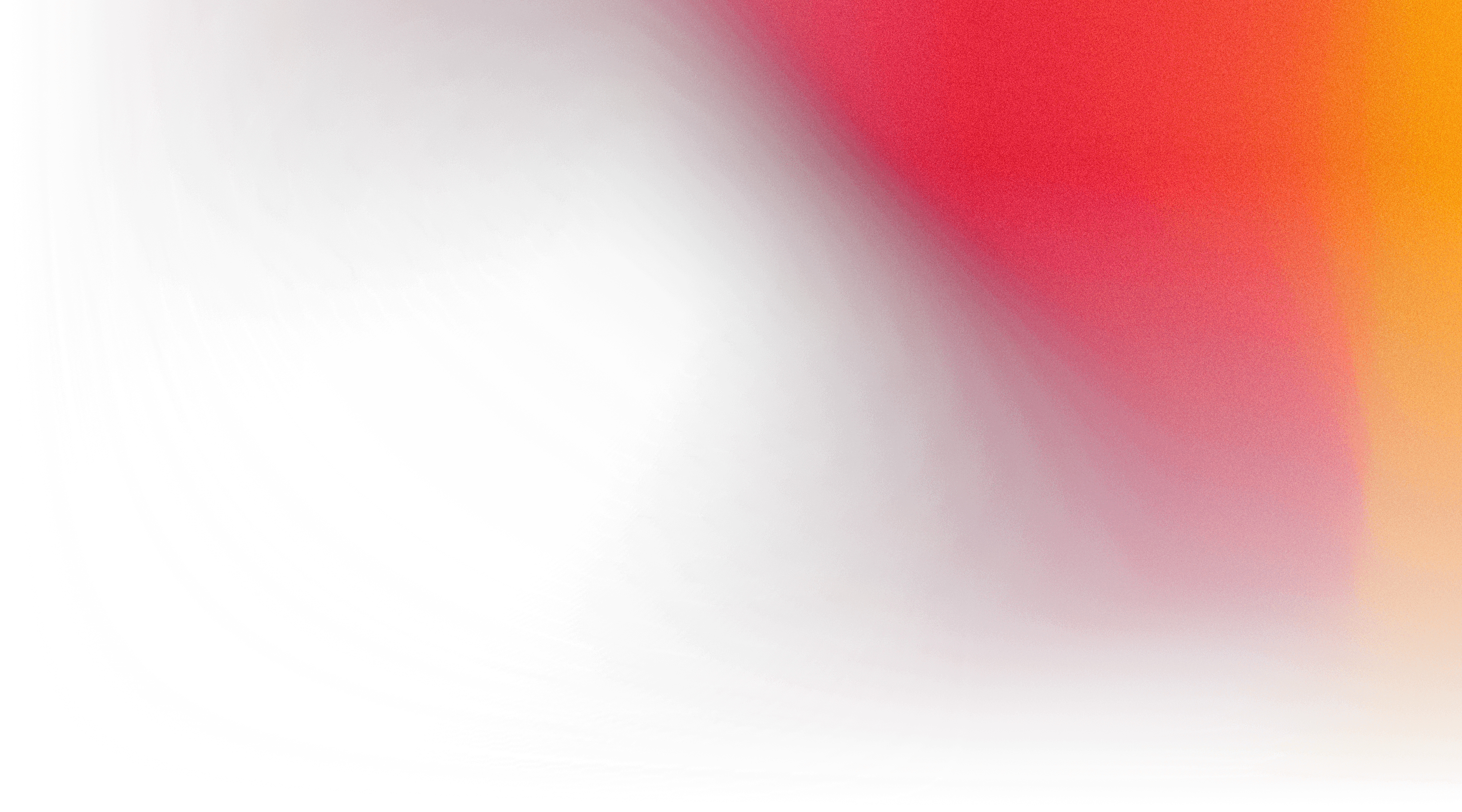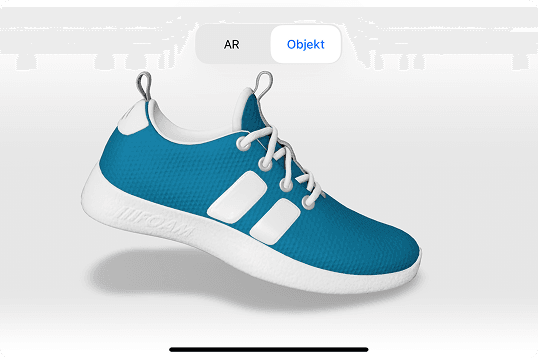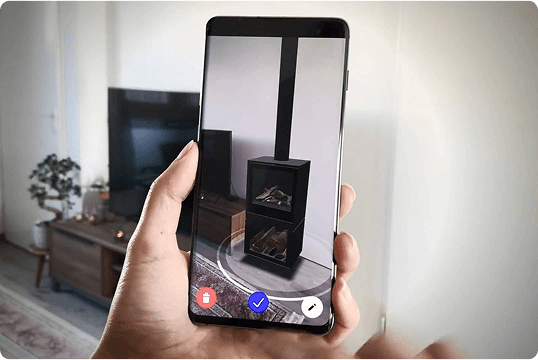
Augmented Reality Agency
As a specialized AR agency, we develop customized solutions that seamlessly integrate digital content into the real world for industry, retail, and education. We serve the industry, retail, and education sectors. We enhance the user experience, improve KPIs, and deliver the "wow" factor.
Start ProjectAreas of Application for Augmented Reality
AR technologies are suitable for almost all industries and commercial sectors, particularly the following:
Immersive campaigns and out-of-home (OOH) advertising, Trade show applications, Augmented reality (AR) product demonstrations
Product Visualizations and Configurators for Digital Retail and Showrooms
Virtual architecture models, BIM-to-AR solutions, and building maintenance applications
Prototype visualization and integrated XR solutions for platforms and apps.
Optimizing production and maintenance processes by combining AR, AI, and IoT
Gamification of industrial products and services; XR game development
We offer a wide range of services in the AR field. We develop apps for the industry, e-commerce, and education sectors, as well as marketing and sales applications.

Augmented reality has rapidly evolved into an innovative, immersive form of media. When integrated into software, apps, or websites, this technology is impressive and helps companies achieve a variety of goals.
- Consulting, ideas, concepts
- UI/UX design
- AR software development
- 3D modeling
- Photogrammetry
- Consulting and Strategy: Development of a customized AR concept, definition of the business case, and selection of appropriate technologies.
- Concept & Design: Storyboard, user flow, and art direction development for subsequent implementation.
- 3D Modeling & Content Creation: Creation or optimization of 3D visualizations, animations, and interactive elements for AR applications.
- Development and programming: Implementation of AR applications for various platforms, including smartphones, tablets, the web (WebAR), social media (e.g., Snapchat, TikTok, and Instagram), and special AR glasses (e.g., Apple Vision Pro).
- Testing and optimization: Multi-stage feedback and testing phases (alpha and beta) to ensure quality and user experience.
- Deployment and hosting: Publishing the application and, if necessary, hosting digital content.
- Support and further development: Ongoing support, updates, and enhancements after project completion.

As an augmented reality agency, we develop optimal AR solutions for our clients. Our team can handle the entire process, from concept to production, competently. We focus on developing applications for marketing, industry, e-commerce, and education. However, other applications are also possible. Augmented reality technologies offer virtually endless possibilities.
That's why so many companies work with us
We combine industry know-how with technological excellence. We combine an in-depth understanding of industrial processes, marketing requirements, and user experience with expertise in augmented reality.
We develop customized AR solutions instead of standard apps. Every project starts with a clear definition of objectives. We develop customized XR experiences that complement existing processes, strengthen brands, and inspire customers.
We have a proven track record of successful projects with strong brands. Our clients include Lufthansa Technik, the Hesse Police, Swisslog, and Compleo, all of whom already rely on our solutions. Our projects exemplify quality, innovation, and measurable benefits.
We provide full service from conception to implementation. We offer everything from initial idea to 3D design, app development, testing, and maintenance from a single source.
We value transparent communication and partnership-based collaboration. We speak the same language: technically, economically, and honestly. There are no empty promises, only solutions that work.

AR in Marketing
Augmented reality allows products and services to be presented playfully and virtual experiences to be created to boost sales. Interactive experiences in the form of modern apps or websites lead to more realistic product presentations for trade shows and are not perceived as invasive advertising by users. Furthermore, many users perceive AR apps as offering significant added value. Therefore, AR marketing is particularly popular with customers and developers.

AR in E-Commerce
Online shops can benefit greatly from our AR agency. Customers are given the opportunity to visualize products in a more realistic way in advance, which brings the products to life. This significantly increases the conversion rate and often leads to a sharp reduction in returns. We develop virtual changing rooms, AR configurators, and other AR apps.

Augmented Reality for Furniture
Augmented reality is perfect for interior design. Users can immediately see what pieces of furniture will look like in their home and how much space they will take up. This allows them to make better purchasing decisions. Together, we create experiences that bring products closer to customers.
We have worked with numerous agencies and medium-sized companies, as well as the following well-known brands:

- Do you have a vague idea for a project or a concrete vision for how you want to implement it?
- Do you have questions about the technology or its suitability for your project?
- Would you like to know if my team and I are the right partners for your project?
Augmented reality (AR) is the real-time use of digital enhancements, such as text, graphics, and audio, integrated into real-world objects. This information is often displayed on smartphones or tablets, but AR headsets are also frequently used.
It has many applications in modern society. Classic applications include marketing (content, storytelling, and events), where it is used to better visualize or explain products, and sales. AR is also frequently used for the maintenance of machines and technical equipment. For example, it allows maintenance technicians to display supporting information on the installation of complex technical components, which significantly simplifies the repair process and prevents errors.
A similar application approach can be found in medicine. Surgeons use real-time support information to perform operations faster and more efficiently and, above all, more safely.
AR also has useful applications in education and training. For example, it can expand content. This improves the experience and ensures faster absorption.
As a technical medium, augmented reality offers many advantages.
- Innovative product presentation and explanation
- Viewers can look inside products or systems via overlays
- Visualization of functions and processes (e.g., water cycles in pumps)
- Visualization of invisible elements (e.g., air currents, sound waves)
- Interactive storytelling for greater user-friendliness
When combined with deep learning algorithms, objects, such as products or technical components, can be recognized and marked graphically.
Augmented reality (AR) allows digital elements to be added to a live view. This is often done using the camera on a smartphone, but also through the use of AR headsets. Primary areas of application are marketing and sales, maintenance, and medical technology.
Virtual reality (VR) creates a more immersive experience that completely excludes the physical world. With the help of VR devices such as HTC Vive, Oculus Quest 2, or Google Cardboard, users can be transported to a range of real and imaginary environments, such as the middle of a penguin colony or their future home. The main areas of application are in visualization (e.g., architecture and product development), training, and entertainment/gaming.
Mixed reality is a blend of physical and virtual worlds that includes both real and computer-generated objects. This approach combines aspects of virtual reality (VR) and augmented reality (AR). It is sometimes referred to as “extended” AR because it is similar to AR technology but offers more physical interaction.
The term extended reality (XR) is used as an umbrella term for the fields explained here. Other exciting terms related to this are hologram and immersive media.
WebAR stands for web-based augmented reality. This technology is based on international standards, so users only need to navigate to a website URL to access an augmented reality display. There is no need for cumbersome app downloads, which has many advantages for users, developers, and designers.
This blog article on the WebXR standard provides a brief introduction to this technology without app installation.
In augmented reality, they refer to a variety of image recognition techniques that determine the position of the viewer or their display device in space.
These methods allow visual information to be superimposed based on the determined spatial position. Common tracking methods identify an object in space using cameras or determine its position using auxiliary parameters.
Examples of visual tracking:
- Marker-based tracking in 2D (photo or graphic)
- 3D object recognition (e.g., shapes, 3D prints, and models)
Examples of non-visual tracking include:
- Position determination via GPS signal (relatively inaccurate)
- Position determination via device sensors (gyroscope, accelerometer, etc.)
- Position determination via external sensors, such as radio beacons
Furthermore, tracking methods are often combined to improve reliability. One example is SLAM tracking, which recognizes horizontal or vertical planes in the image (e.g., floors, walls, and table surfaces) and simultaneously queries the position, orientation, and movement of the viewer based on sensor data from the user device.
Our services are highly customized and tailored to the requirements of each project. Sometimes, we act more like an advertising agency for brands. Other times, we focus more on developing and programming applications and apps. As a digital agency, we specialize in providing finished solutions that help companies grow.
AR can be used in many areas, making it suitable for a wide range of companies. In the B2C sector, for example, AR is particularly useful for marketing and sales, as it allows companies to reach a specific target group. This technology brings products closer to customers, generating more sales. In industry, AR enables mobile solutions for maintenance, repair, and occupational safety.
The Spatial Studio specializes in B2B, particularly in industry, mechanical engineering, and production. In these areas, we impress with our innovative ideas for product presentation.
That depends greatly on the project. Many applications can be used with an iOS or Android smartphone, and thanks to webAR, they don't require any additional installations (i.e., no app).
Absolutely. We either design products in line with corporate design or develop customized solutions according to customer specifications.
The short answer is no. Glasses like Microsoft's HoloLens aren't necessary. Virtual reality, on the other hand, requires a headset. On the other hand, augmented reality applications can be used with a smartphone or tablet.
However, the long answer is that it depends on the development's goal. For marketing campaigns, for example, it makes sense to make the application accessible via smartphone. This way, you can reach the most users. However, if an application is being developed for use during machine installation, a headset is mandatory because the user needs both hands to work.
We work with all common platforms and frameworks, including vZone, which we developed ourselves. We create applications for iOS and Android, and we can develop apps for other systems as well. We specialize in developing applications that do not require installation and can be used directly in a browser. Smartphones and tablets are usually the devices of choice (not headsets such as the HoloLens).
We begin every development process with a brief conversation to discuss your ideas and define the scope of your project. Then, we will be happy to provide you with a customized quote for implementation. First, our experts will create a concept and define the exact development process. We prioritize communication, so you, as our customer, are involved every step of the way—from the concept to the design to testing the application. Interested? Get in touch with us via email or phone today.